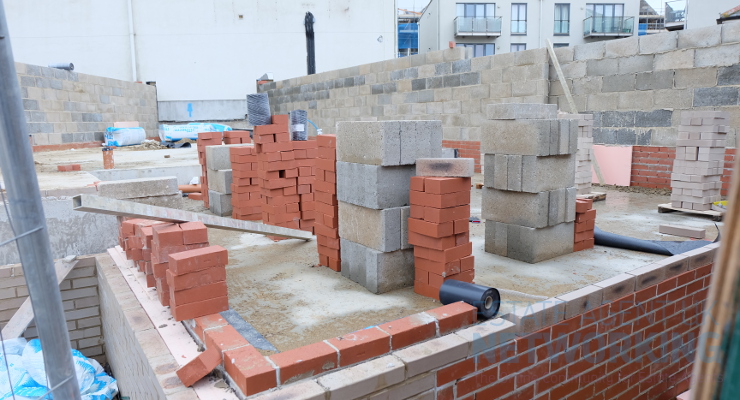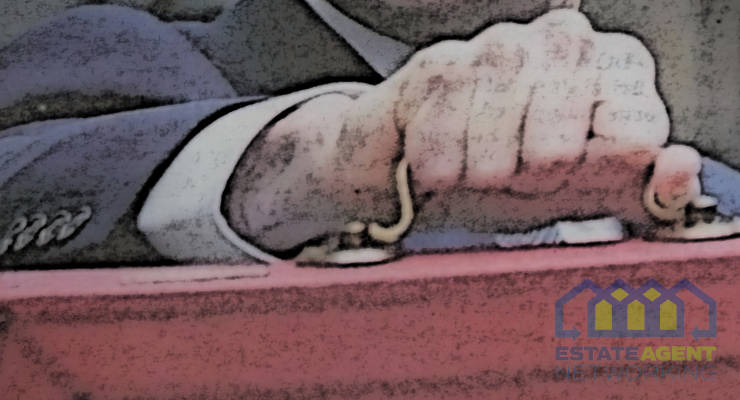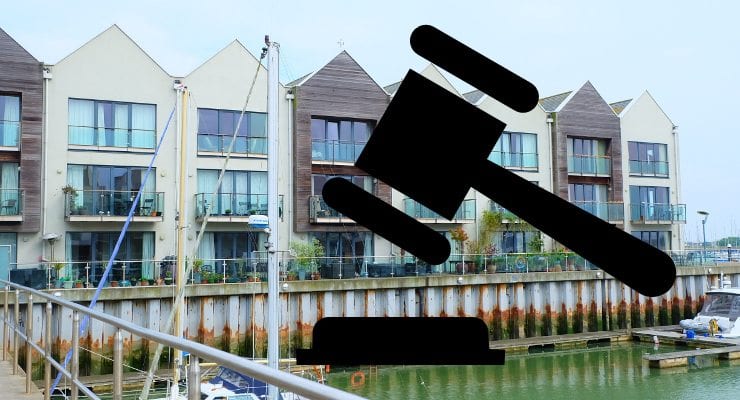Metal Roofing Manufacturing and Installation
Metal Roofing is a system of roofing made from metal pieces or tiles that is highly resistant, impermeable, and durable. Zinc, Copper, and steel alloys are commonly used metals to produce the roofing. Metal roofing has been used for thousands of years because of its durability, comparative cost, and other benefits. Most of the metal roofing items are made from recycled materials and they are recyclable too. Its insulating ability keeps the heat away from the building and leaves it comfortable to live in the summertime. As the roofing is lightweight, it’s very handy to use in large and old structures and can be installed on existing roofs. Moreover, it helps to minimize your energy cost. Organizations like London Eco Metal are there to help you in this regard.
Have you ever wondered about how the metal roof comes from the iron mine to your building roof? What made the roofing so useful, how it actually made, and what it takes to manufacture a metal roof? Continue reading to know all these:
Manufacturing Sheet Metal Coil
Metal roofs can be made of various metals like steel, aluminum, zinc, copper, and even stainless steel. Among them, galvanized steel and aluminum are the most popular materials manufacturers use to produce Sheet Metal Coil. The coil is actually processed from a thick metal coil that manufacturers run through rolling machines to reduce its thickness and required grade then delivered to the metal roofing manufacturers.
Roll-forming standing seam panels
To turn the metal coil into roofing panels, it is needed to go through a roll former – a machine that processes the metal coil to make roofing panels. The machine is equipped with different portable and stationary tools and panel profiles that offer various rolling and unrolling options. The rolling process involves feeding metal coil into a machine and taking them through a series of rolls that make up different standing seam profiles. The width of a panel can be set manually but generally, it is dictated by the metal coil being used. To control the speed and the length of panels, there is a computer control unit in the rolling machine.
To integrate the metal roof products seamlessly and get the most out of your metal roofing, you need to follow the manufacturer’s recommended installation details. It provides an in-depth guide including the location of components and accessories and elaborates the installation methods for these panels at various points. Know how to install the metal panels with both exposed fasteners and hidden fasteners from the discussion below:
With Exposed Fastener –
- Make sure you are starting square: If your first panel is a little tilted, the rest of the panels would be tilted as well. So, it is important to make sure that you are starting square and adjust your panel if necessary to avoid tilting.
- Cut the panel to length and add eave trim: If the panel you are using is too long and you want to overhang the eave by one and a half, or two inches at most, measure the edge of your eave trim putting a tap against the end wall then cut through the ribs to get to the flat of the panel.
- Apply Sealant Tape: To join the eave trim and the underside of the panel, make sure the application of sealant tape goes between all layers of metal and remove the tape backing.
- Installation: Your roof panels are ready to be installed, make sure the straight installation of all the panels by squaring it to the eave. Put the screws into the strip and tighten them but don’t over-tighten. Now install exposed fasteners along the corner of the pan.
With Hidden Fastener –
- Install the Offset Cleat: Before placing the metal roofing panels, you need to install the offset cleat along with the eave that will allow you to create a true hidden fastener installation.
- Bend Panel Edge: To get the end of the panel ready, cut up one inch on either side, fold under, and remove the ribs. Now install the panel clipping into the cleat and get the fastener completely hidden.
- Installation: Slide the panel to get it placed perfectly, engaged, and flush. Ensure a distance of half of an inch from the edge of the roof to the panel. As the panel has been installed, it’s time to put a fastener using a pancake head screw.
While installing, you need to follow the installation guideline provided by the manufacturer. Remember that –
- The roof may look okay and great but that doesn’t mean the installation is protected from leaking and failing and will prevent damage to other parts of the structure.
- Again, just because the installation doesn’t match with the manufacturer’s details doesn’t mean that it’s invalid and unprotected. If installed carefully considering all the probable issues, a safe and protected installation is possible.
- If the installation guideline is illegible, unorganized, or really difficult to understand, don’t follow it. Go and talk to the manufacturer of the panels and get clarified or find other details that are concise and easy to understand before starting installation.
- If you are the property owner, go through the details with your contractor to get an insight on how the roofing will be installed and also verify if it has been installed as per guidelines.
After installation, you can stay calm and relaxed about your roofing but it’s wise to inspect it regularly. If you can detect any issues, fix them as soon as possible to avoid major problems.









